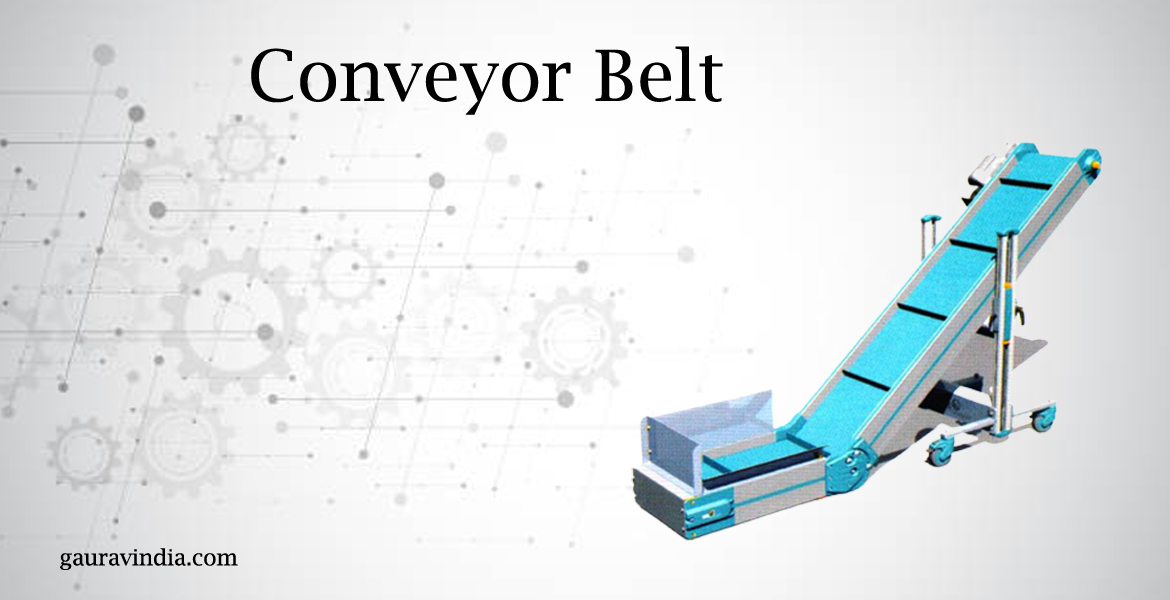
Revolutionizing Efficiency: The Incredible World of Conveyor Belts
Introduction:
In today's fast-paced world, industries rely heavily on efficient transportation systems to streamline their operations. Among the many innovations that have transformed manufacturing and logistics, conveyor belts stand out as a remarkable invention. These endless loops of robust material are designed to move goods effortlessly, enhancing productivity, reducing labour costs, and ensuring smooth material flow. Let us delve into the fascinating world of conveyor belts, exploring their history, types, applications, and impact on various industries.
History of Conveyor Belts:
The concept of conveyor belts dates to the late 18th century when steam-powered machinery started emerging. However, it was not until the early 20th century that the modern conveyor belt as we know it today began to take shape. In 1901, Swedish engineering company Sandvik developed the first steel conveyor belt, revolutionizing material transportation in the mining industry. Since then, conveyor belts have continuously evolved, incorporating innovative materials, designs, and automation technologies.
Types of Conveyor Belts
Conveyor belts come in various types, each designed to meet specific industry requirements. Some common types include:
1.Flat Belt Conveyors:
These feature a flat, continuous belt for transporting goods horizontally or with a slight incline. Flat belt conveyors are versatile and widely used in industries such as food processing, packaging, and automotive assembly.
2.Roller Belt Conveyors:
Roller belts consist of rollers mounted on a frame, providing a series of rotating surfaces for transporting goods. They are particularly effective for moving heavy loads and are often found in warehouses, shipping centres, and baggage handling systems at airports.
3.Modular Belt Conveyors:
Modular belts comprise interlocking plastic modules, creating a robust and flexible conveying surface. They are ideal for handling a wide range of products and are commonly used in industries such as beverage, pharmaceuticals, and automotive manufacturing.
4.Magnetic Belt Conveyors:
These specialized conveyors use magnets beneath the belt to attract and transport ferrous materials. Magnetic belt conveyors are employed in industries dealing with recycling, metal fabrication, and mining, where the separation or collection of metal parts is essential.
Applications of Conveyor Belts
Conveyor belts come in various types, each designed to meet specific industry requirements. Some common types include:
1.Manufacturing:
Conveyor belts streamline production processes by efficiently transporting raw materials, components, and finished products. They ensure continuous flow, reduce manual handling, and enable automation in industries such as automotive, electronics, and textiles.
2.Warehousing and Distribution:
In logistics and distribution centres, conveyor belts facilitate the movement of goods from one area to another. They help with sorting, packing, loading, and unloading, ensuring speedy and accurate order fulfilment.
3.Mining and Quarrying:
Conveyor belts play a crucial role in the mining industry by transporting extracted materials, such as coal, minerals, and ores, from the extraction site to processing facilities. They improve operational safety, reduce manual labour, and increase overall productivity.
4.Agriculture and Food Processing:
Conveyor belts are extensively used in agriculture for harvesting, sorting, and packaging fruits, vegetables, and grains. In the food processing industry, they ensure hygienic and efficient transportation of ingredients, processed goods, and packaging materials.
Advancements and Future Trends
Advancements in conveyor belt technology continue to shape the industrial landscape. Automation, robotics, and artificial intelligence are revolutionizing conveyor systems, enhancing efficiency, and reducing operational costs. Here are some notable advancements and future trends:
1.Intelligent Conveyor Systems:
Integration of sensors, IoT connectivity, and machine learning algorithms allows conveyor belts to adapt to changing conditions, optimize material flow, and detect faults or potential disruptions.
2.Energy-Efficient Designs:
Conveyor belts are becoming more energy-efficient with the introduction of lightweight materials, improved motor systems, and regenerative braking technologies, reducing environmental impact.
3.Modular and Customizable Solutions:
Modular conveyor systems offer flexibility, allowing businesses to tailor the conveyor setup to their specific needs. Quick installation, reconfiguration, and scalability make them ideal for dynamic industries.
4.Collaborative Robotics (Cobots):
Conveyor systems are increasingly being integrated with collaborative robots to enable human-robot collaboration, improving safety, efficiency, and productivity.
Conveyor belts have become indispensable components of modern industrial processes, enabling efficient and seamless material transportation. From their humble beginnings to the cutting-edge technologies shaping their future, conveyor belts continue to play a vital role in enhancing productivity, reducing labour costs, and improving workplace safety across diverse industries. As we move forward, it is exciting to witness how conveyor belt technology will further evolve, introducing even more innovative solutions to meet the ever-growing demands of the industrial world.
Hashtags:
#ConveyorBelts #IndustrialAutomation #EfficiencyInMotion #MaterialTransportation #StreamlinedOperations #ManufacturingSolutions #LogisticsandDistribution #MiningIndustry #FoodProcessing #InnovationInMotion #FutureofAutomation #IndustrialRevolution #SmartConveyorSystems #CollaborativeRobotics #SustainableSolutions #EfficientProductivity #IndustryAdvancements #InnovativeTechnology #IndustrialEvolution

